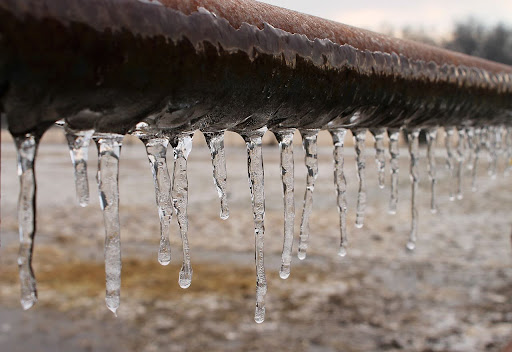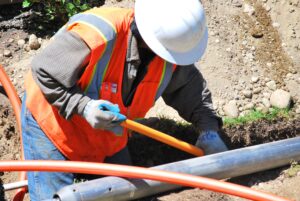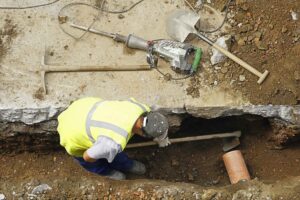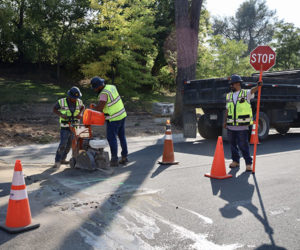Where cold weather breaks in Denver it can wreak havoc in most areas, residents often face the dreaded issue of a frozen pipe. When temperatures plummet, the dangers of cold weather break in, raising the possibility of a burst tube. Burst pipes can unleash gallons of water, causing expensive costs, mold growth, and a major headache. Many rely on sump pumps to stop flooding caused by melting snow and ice. Additionally, maintaining water boilers is crucial to ensure uninterrupted supplies of warm water during chilly times emergency. Some opt for tankless water heaters for their efficiency in handling fluctuating demands. However, even with preventive measures, mishaps can happen, prompting the need to repair sump pumps promptly to evade extensive damage. Fortunately, there are processes to thaw frozen pipes and keep your water moving in your pipeline flows easily all period.
Understanding the Hazards
Pipelines are prone to freezing when coldness penetrates the external walls of a home. The more exposed a tube is to the elements, the more vulnerable to freezing. Pipes in unheated interior sections like attics, basements, and garages are especially vulnerable. Pipelines running against outdoor walls that lack correct isolation are also highly dangerous.
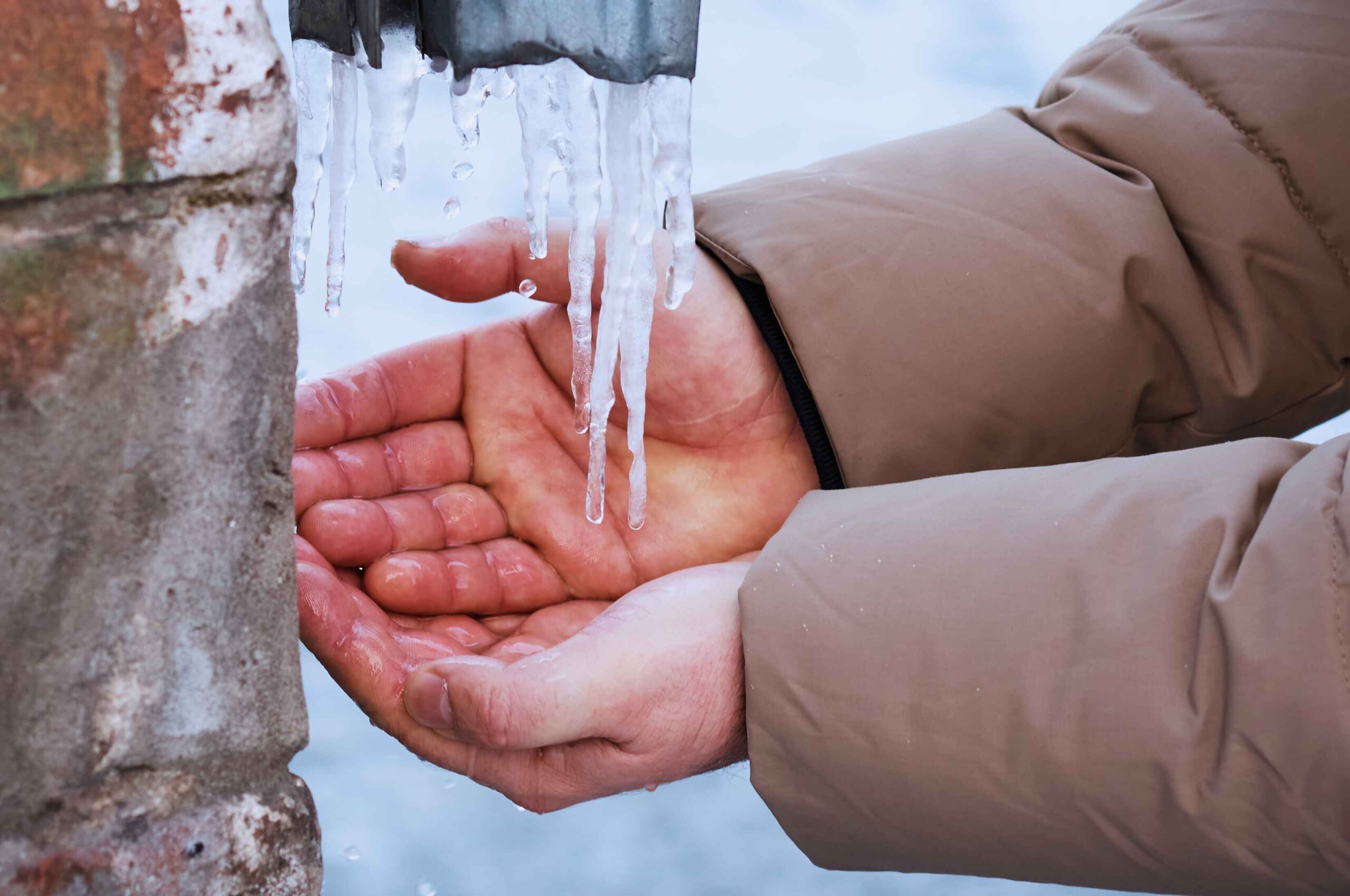
Preventative Actions to Take Before Winter
Before a weather emergency hits. Find out where the water shut-off valve is located in your house. To reduce damage in the event of a tube burst, you must turn off the water that supplies your home. The valve is typically placed in the crawlspace or basement on a wall that faces the street in single-family homes. Make sure that everyone in your house knows how to shut off the water.
One of the best defenses against frozen pipes is insulation. It is an easy and efficient way to guard against winter’s wrath. The most commonly used materials are foam rubber and fiberglass sleeves, which can be found at most hardware stores. When installing, be sure pipelines are completely covered, including elbows and other fittings to prevent frozen pipes above freezing point.
In addition to insulating pipelines directly, it is wise to insulate entire plumbing areas like crawls and roof spaces. Any water heater or tankless water heater in these places should also be wrapped with insulation blankets.
Another preventive measure is sealing any air leaks around your home’s exterior that prevent freezing temperatures. Use caulk or spray sealant to plug holes and cracks around electrical wiring, dryer vents, and sections where pipelines enter the home. Securing warm maintenance and these entry points helps keep the cool breeze out and warm air in.
Routines for the Colder Months
Even if isolated correctly, heavy frosts can endanger piping. There are a few simple everyday practices to implement when the mercury drops:
- Keep garage doors closed if you have a water supply running through the garage.
- Open the cabinet’s kitchen and bathroom door to allow warm interior air to circulate the plumbing.
- Let taps flow slowly and continuously to prevent pressure buildups, which can cause bursting.
- Keep a consistent thermostat setting day and night rather than drastically lowering the temperature at bedtime.
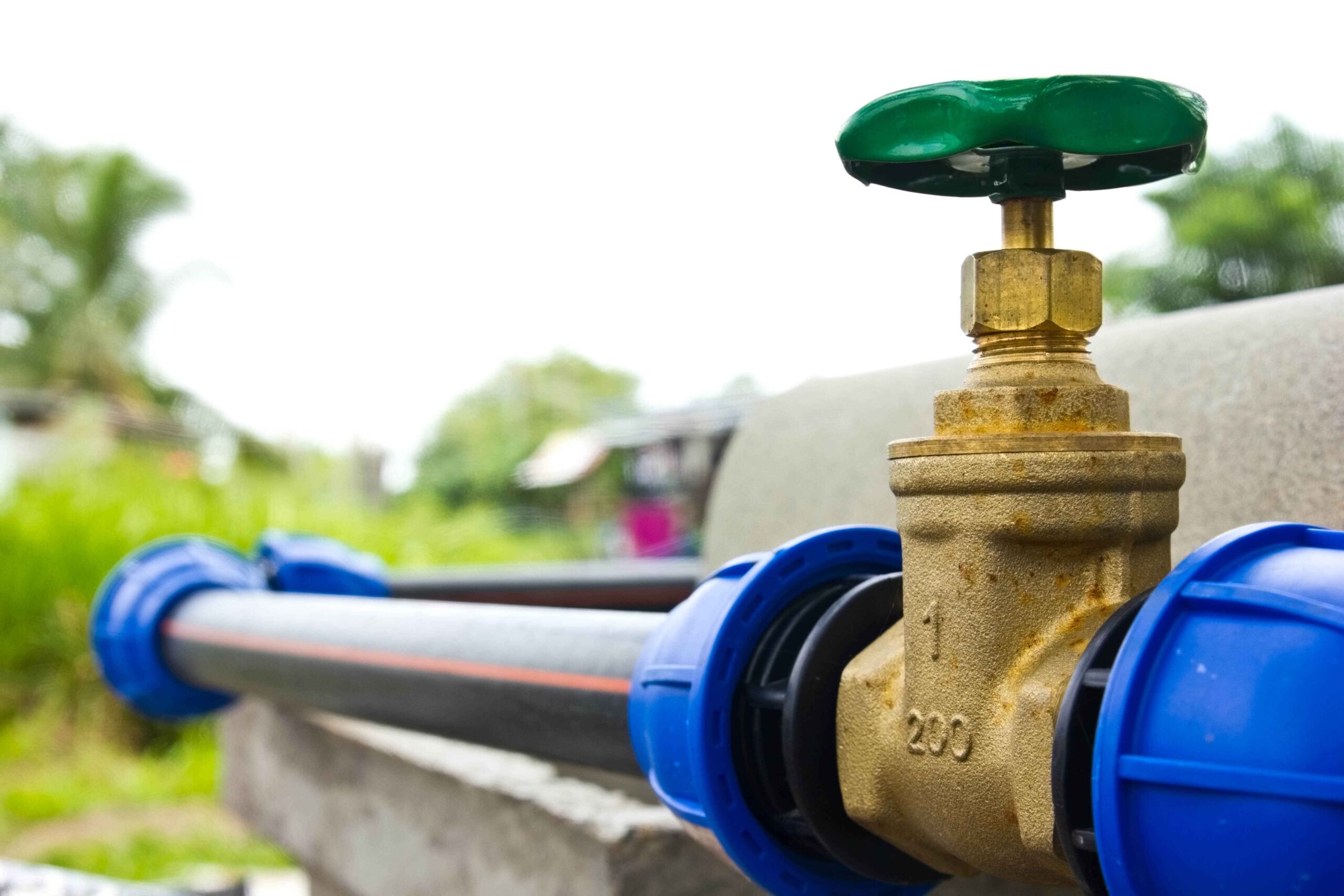
Advanced Protection Strategies
For householders seeking an extra layer of protection, applying heating tapes or cables can be directly to a water pipe as an added defense. Electric tape wraps around pipelines and supplies a low level of heat controlled by a regulator. Cables containing a heating element operate similarly.
When setting up heating tapes or cables, carefully follow the manufacturer’s instructions and secure guidelines. These methods must be properly grounded and secured to avoid overheating and fire hazards.
Another effectual solution is thermostatically controlled heating cables or pads designed to cover the troubled parts like the crawlway. Controlled by a regulator, these procedures activate only when the degree of coldness drops to a preset danger zone.
Preparing for Vacations or Extend Absences
If you plan to be away from home for an extended period during a chilly climate, it is essential to take precautions before you leave. Otherwise, a loss of heat could put your pipelines in danger while you are gone.
Here are the proper steps for winterizing your home:
- Set the regulator to 55°F or higher before departing. While higher utility costs may occur, this low heat is necessary to prevent frosty pipelines.
- Turn off the shut-off valve fast and open all faucets to drain the water. This eliminates standing water that could freeze and rupture pipes.
- Unlock cabinet doors under sinks to promote warmer airflow.
- Drain outdoor taps and sprinklers if you have an in-ground system.
- Ask a friend, neighbor, or expert frozen pipe repair specialist to routinely check on your area while you are away.
Recognizing and Addressing Preventing Frozen Pipes
With preventive measures in place, the chances of your frozen pipes should be minimal. However, if arctic blasts are forecasted or heavy frosts persist, there are steps on how to thaw the frozen pipes, keep a watchful eye out to prevent pipes frozen:
- There is little or no running of water tap.
- Frost buildups in exposed sites.
- Strange smells or sounds come from pipes as flowing water struggles through frozen pipes.
If you locate the frozen area, take action and quickly fix the trouble for frozen pipes before they burst:
- Identify the position, which may require checking in the crawlway or up in the attic.
- Apply heating therapy using a hair dryer, heating pad, space heater, or towels soaked in hot water.
- If a pipe is frozen. Work along the tube length using constant heating until full flow returns.
- If these ways are ineffective after several hours, contact an immediate burst frozen pipe repair services provider for inspection. Attempting to do it incorrectly can cause a breakup.
Long-Term Solutions and Upgrades
If certain pipelines chronically freeze despite preventive efforts, it may be a chance to consider starting re-routing. Rerouting tubes through heated areas or having an insulated pipeline with specialized pipeline isolation may be in order.
Replacing any defrosted external faucets with freeze-proof faucet fixtures is also recommended. It automatically shuts off the water inside when the pipe freezes, protecting the rest of the plumbing networks.
For unheated sections like a crawl or loft where pipes freeze, setting up permanent supplemental heating sources or HVAC ducts could address the root cause once and for all.
To Wrap Things Up
Colorado residents are all too familiar with the challenges of retaining their home’s essential structure, particularly during the frigid wintertime. Water damage from broken pipes requires immediate observation to escape costly repairs. Homeowners must be vigilant and notice any traces of strain on their hoses and heating mechanisms. For those considering careers in the HVAC industry, this is a busy time, as demand for skilled professionals spikes. However, financing such fixes or upgrades, like investing in high-quality tankless boiling water taps, can be a concern for many families. It is important to reserve funds for emergencies and unforeseen expenses, especially when it comes to ensuring the functionality of the pump and drain. In addition, attention to furnace upkeep is important for preserving indoor comfort during the coldest time. Beyond heating concerns, keeping a clear drain that flows smoothly is essential to prevent backups and potential damage issues. Residents can navigate the wintertime with peace of mind and comfort in their homes. The good news is that the vast majority of these headaches are entirely preventable with attentiveness and appropriate precautionary actions.
Even if you’ve been lucky enough to get away from freezing pipes before, don’t take any chances this season. Take the time to cover, seal, and safeguard your plumbing systems against Old Man Winter’s wrath. A few simple actions like draining pipes, letting the faucet drip, and applying heating therapy using heating tapes, heating pads, or cables can prevent frozen pipes disaster. If these approaches are ineffective, call for an immediate frozen burst pipe repair plumber.
Whenever low temperatures strike, keep these tips in mind to protect your pipes, your property, and your peace of mind. An ounce of prevention will save you gallons of grief down the road.
Need Excellent Service in Your Pipes?
Don’t wait for a small leak to transform into a big problem! For emergency service please call our plumbers at Sewer Experts today for reliable, fast service. Whether it’s routine maintenance or emergency repair, we’ve got you covered. Click here to schedule your appointment and guarantee your quality pipe is in top shape!
We also offer trenchless sewer repair maintenance, providing efficient and less intrusive services. If you’re looking for trusted quality repair and replacement services, our team of plumbers is here to protect the maintenance of your pipes to have a healthy plumbing system year-round.



